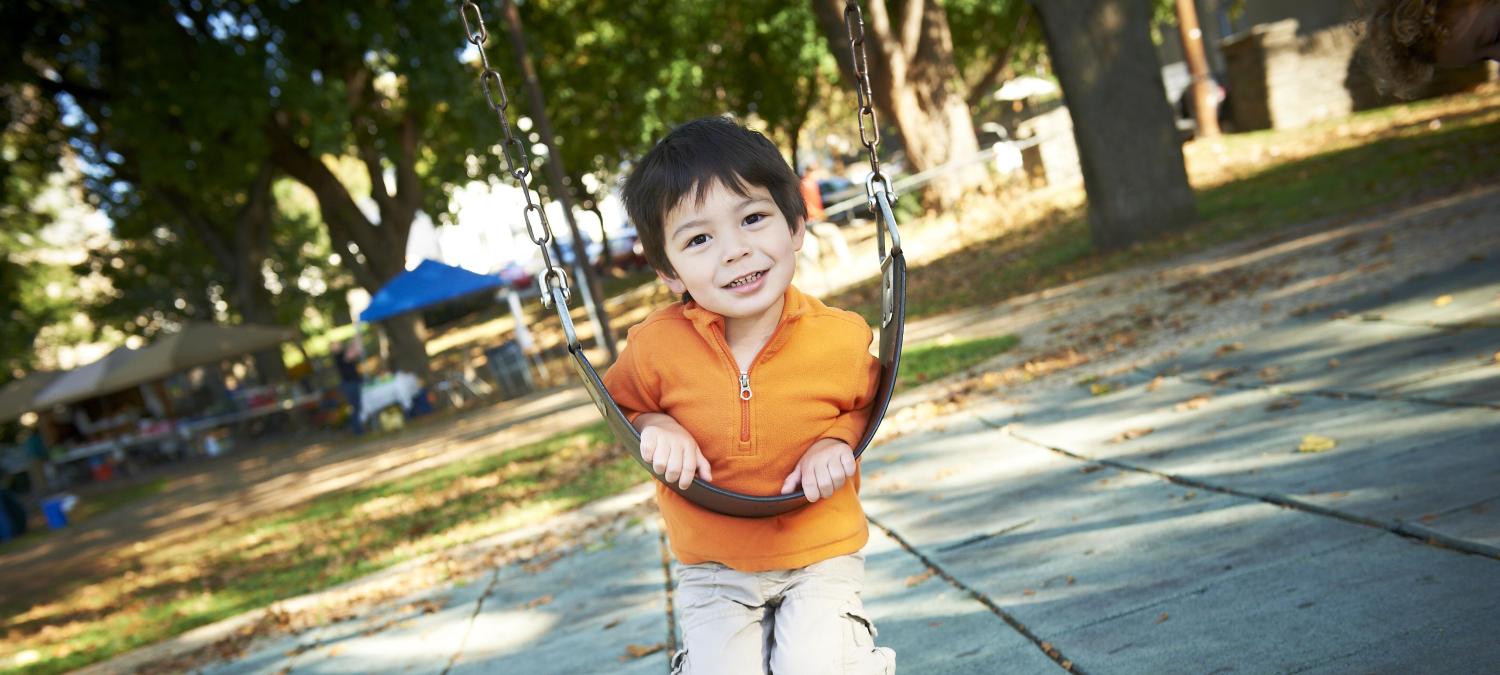

Publications
Search Tips
- Jun 2023
The team examined children’s Medicaid participation from 2019 to 2021 and found that as of March 2021, states newly adopting continuous Medicaid coverage for children during the COVID-19 pandemic experienced a 4.62% relative increase in children’s Medicaid participation compared with…
- Jun 2023
Children with medical complexity (CMC) require frequent medical care and are at risk of recurrent hospitalizations. The Family Medical Leave Act (FMLA) allows some workers to take unpaid leave from work to care for family members. This study examines caregiving obligations of parents…
- May 2023
More than 1 in 3 US children live in households with incomes less than 150% of the federal poverty level. Experiencing childhood poverty can have profound negative impacts on children’s health. Nondirected cash transfer programs, such as the 2021 expanded Child Tax Credit (eCTC),…
- Aug 2022
PolicyLab wrote a letter responding to Delaware's Department of Health and Social Services' Proposed Public Notice on Postpartum Continuous Eligibility. In this letter, PolicyLab experts offer comments in support of the proposed amendment to the Medicaid State Plan, with a…
- Jun 2022
PolicyLab responded to a request for public comment from the U.S. Department of the Treasury and the IRS on the Proposed Rule on the Affordability of Employer Coverage for Family Members of Employees. In their response, PolicyLab experts offer their support of the proposed…
- Apr 2022
PolicyLab responded to a request for information from the U.S. Centers for Medicare and Medicaid Services (CMS) regarding access to coverage and care in Medicaid and the Children's Health Insurance Program (CHIP). In this response, PolicyLab experts answer questions such as “in what…
- Aug 2021
PolicyLab responded to a request for information from the U.S. House Committee on Energy and Commerce and the U.S. Senate Committee on Health, Education, Labor and Pensions (HELP) seeking input on design considerations for a public health insurance option. In this letter…
- May 2021
Download the Tool In March 2021, President Biden signed into law the American Rescue Plan, giving states the option to extend pregnancy-related Medicaid eligibility to one year after delivery. Specifically, states will have the option to extend postpartum Medicaid coverage through a…
- Jan 2021
Note: This Evidence to Action brief was updated in January 2021 to include a note from the authors on the impact of the COVID-19 pandemic on children’s health insurance coverage. The remaining content of the brief has not changed from original publication. Despite the well-documented…
- Dec 2020
On behalf of the Maternal Health Subgroup of the Pennsylvania Prenatal-to-Age-Three Collaborative, PolicyLab experts signed on to a joint letter to Sens. Casey and Toomey proposing expanding Medicaid coverage to one year postpartum as one important strategy for addressing the…